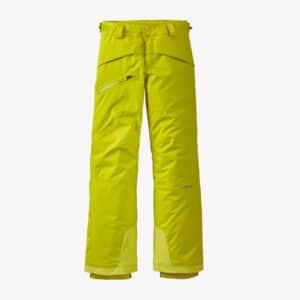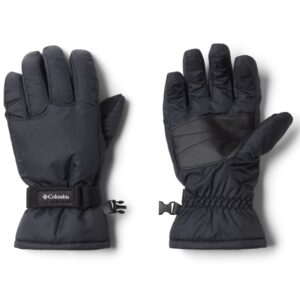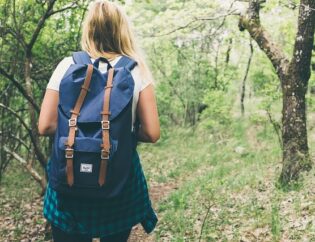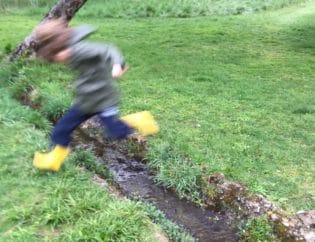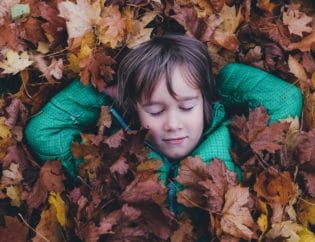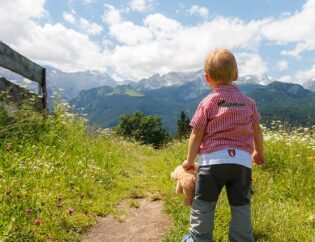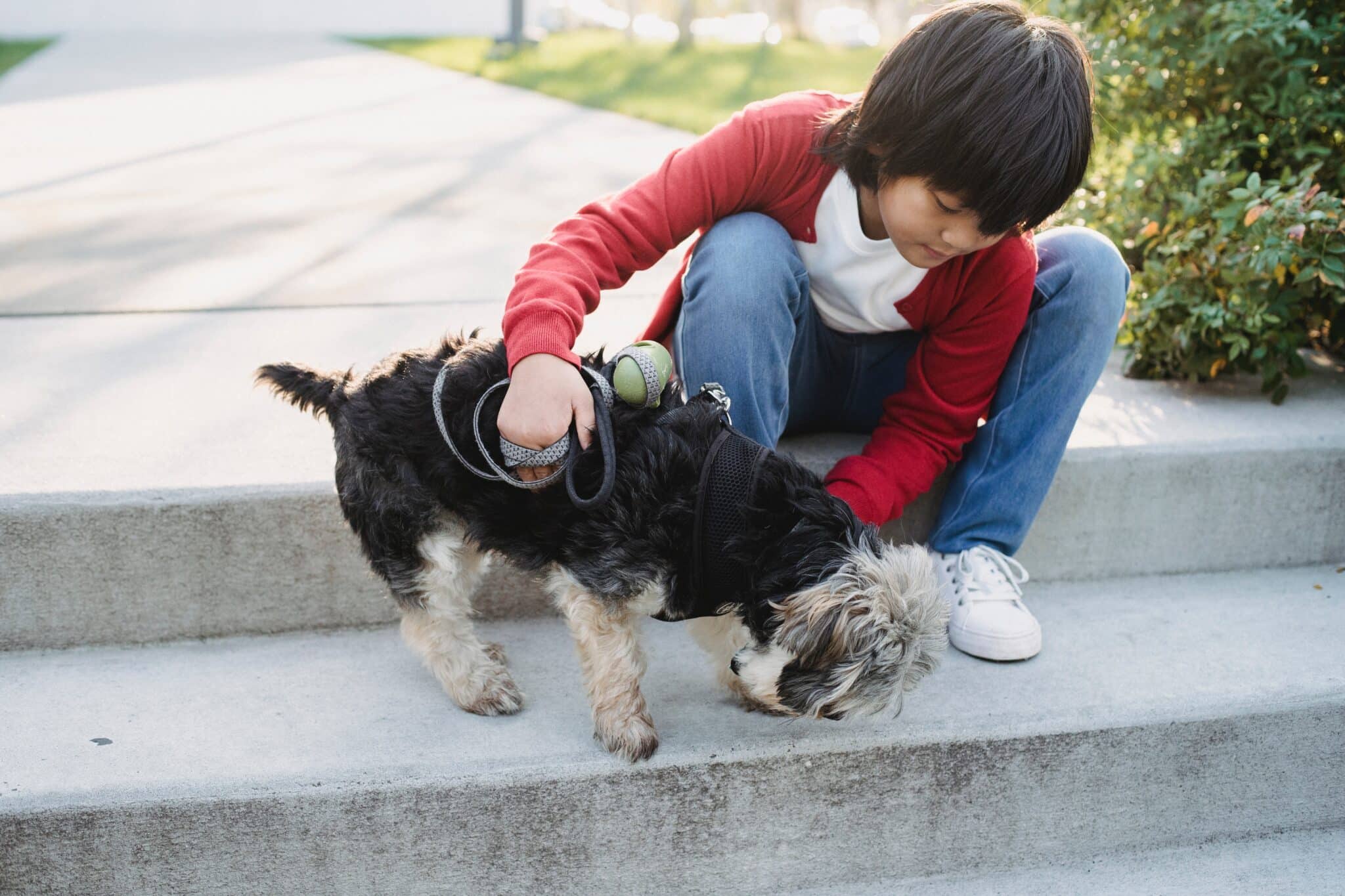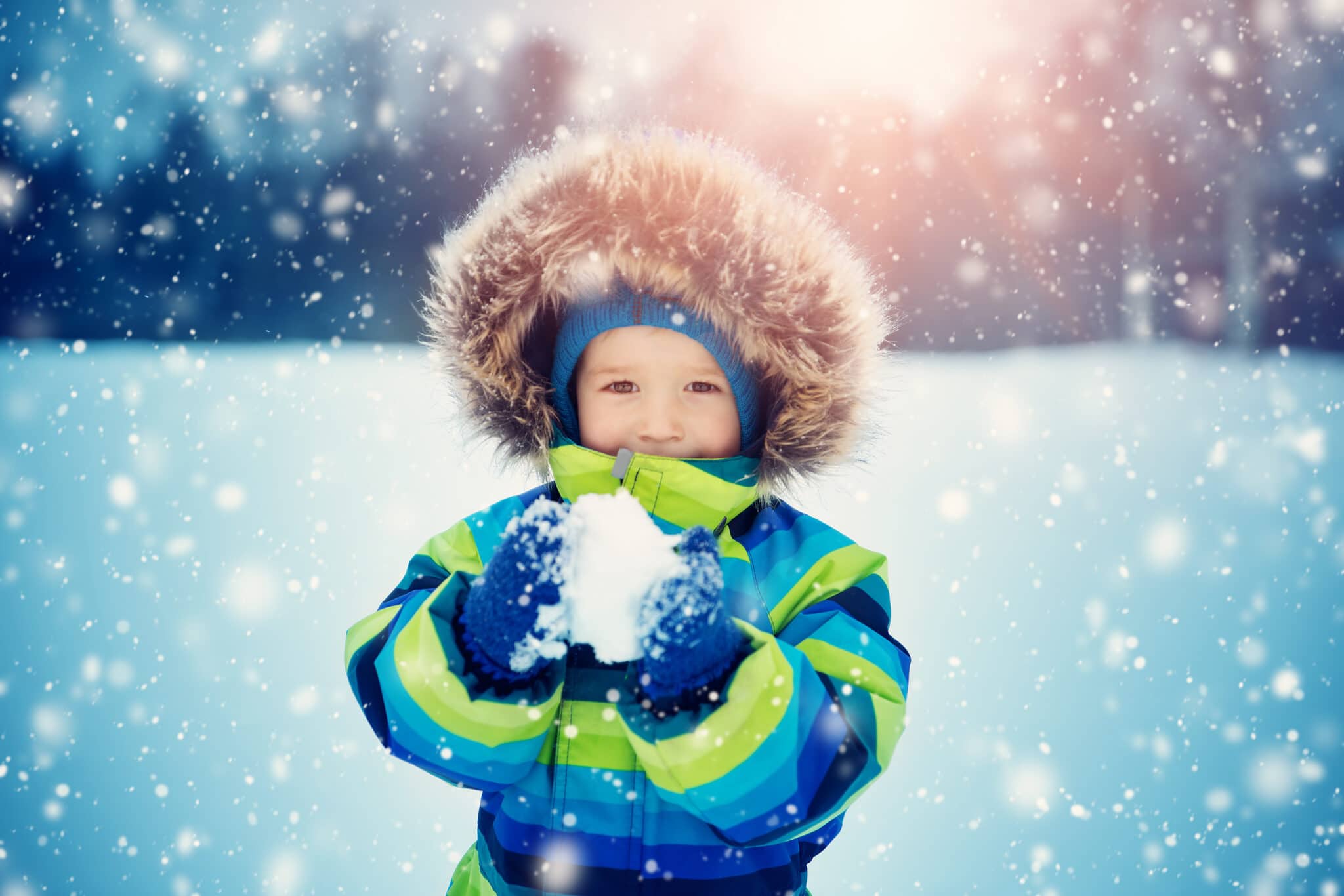
For many of us, the temperature is dropping and the signs of winter are appearing. Winter is a magical time for outdoor activities for kids. It's fun and it's great for them. But before you lead them out of the door, make sure they're dressed for the occasion.
Any outdoor-loving family will tell you that the difference between a day of fun in the winter and a day of whining, is all in the clothes. And though winter clothing shopping can seem overwhelming, filled with too many choices (which fabric, how many layers?) there are two basic rules to keep in mind:
1. When it comes to cold weather, remember DRY = WARM. The human body loses heat 32 times faster wet than it does dry.
2. Layer. Layer. Layer.
When my kids go to their outdoor school, they might fuss about the layers I am putting on them or sending them to school with but it will make or break their day. It’s simple science. Layering is the key to trapping body heat and keeping the elements out. Done well, it will give your kids more versatility in their activities regardless of the type of weather.
How to Layer
Choose your base. A midweight base layer is great for most purposes. Fabric made from the wool of merino sheep has surged in popularity in recent years for its natural moisture-wicking and anti-odor properties. Brands like Icebreaker and Ibex have pioneered the use of merino wool, though many brands now offer merino wool baselayers. You can also choose a synthetic fabric for base layers. These typically have the benefit of drying quickly, and often, though not always, they can have a cheaper price tag than their wool counterparts.
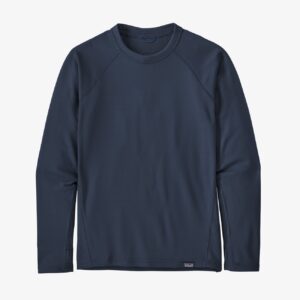
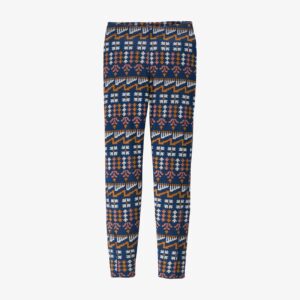
Add a mid-layer. The mid-layer adds insulation to help retain heat that your body creates, and are worn between the base layer and outer jacket if needed. It’s also the layer that you will most often put on, take off, or swap for something else to suit the weather and the activity. Mid-layers can be anything from fleece pullovers, zips, insulated jackets or vests. Fleece is known for its comfort but it’s not all the same as it comes in a variety of weights, ranging from thin small-grid to plush sherpa. There are also hybrid mid-layer options that offer some combination of insulation and fleece or insulation and softshell.
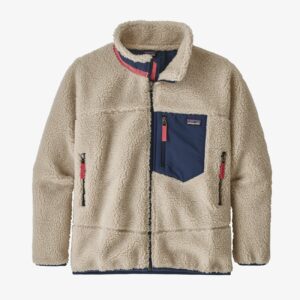
Top it off with an outer shell. The outer shell is the layer that will protect your child from rain and snow. It should be windproof, waterproof, and breathable. This is the layer made of the most technologically advanced materials. Most shells protect from weather and let other layers do the insulating, while some shells include their own insulation of varying thickness. Down, or the standard puffy coat, is incredibly warm and works great for really cold days when there isn’t rain or snow in the forecast but are not usually waterproof, though some down jackets have a hydrophobic coating. Another option for an outer shell is softshell. These are incredibly breathable and are great for very active winter activities like skiing or snowshoeing.
Now for the hands, heads and feet.
The feet are often the first to make a kid call “uncle” and rush inside. Just remember that dry feet are warm feet. When choosing your child's winter boots, don't rush the decision. Make sure the boot is waterproof, insulated, easy to get on and off and virtually impenetrable to the elements.
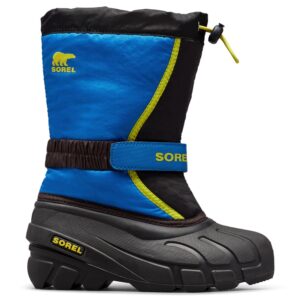
Pair the boots with fleece or wool liners, as well as cozy wool or synthetic socks. Never underestimate socks! Don’t let your child even think of stepping outside with socks that are from the wrong season, too short or uncomfortable. While great for summer feet, cotton is not a winter sock fabric as it will not wick moisture away from the skin. It also takes too long to dry, resulting in cold, wet feet and a miserable child. The ideal sock material should be wool. Luckily, wool options have improved significantly and Smartwool is very comfortable to wear. And always pack an extra pair of socks for your child when sending them off to school or during an outdoor adventure away from home.
Of course, a child will often complain about cold hands before anything else. That’s probably because smaller hands are prone to feeling the cold more quickly. Mittens are warmer than gloves but make sure your choice has a waterproof outer layer. Older kids won’t be thrilled with mittens so make sure the gloves are layered with a waterproof outer layer. Always make sure there is no space between the gloves or mittens and the coat so frigid air and wet snow or rain can get in and spoil everything. Make sure the gloves or mittens can cinch over their jacket’s cuffs.
https://www.avantlink.com/click.php?tt=cl&merchant_id=5ceec2e2-f8b0-423c-9d96-15c0c08ca1b8&website_id=0ec3cf9d-2441-4106-9200-e0098dd41fa4&url=https%3A%2F%2Fwww.ems.com%2Fcolumbia-kids-core-gloves%2F35603400029.html
Scarf or gaiter? That’s your choice. Scarves can look more stylish but gaiters can close all gaps between the jacket and the head and don't run the risk of getting caught someplace.
Have a look at some of the stylish options for dressing your child for winter play in our hand-picked favorites below!
Winter Dressing Tips:
The longer the jacket, the more warmth it provides.
Fleece offers a moderate amount of warmth for cool days. But in rainy or windy conditions, you'll need to add water-resistant rain pants & jacket.
Snow bibs and overalls are a warmer alternative to insulated snow pants because they come up higher to provide more core warmth. They also keep kids dry as they extend coverage, keeping out wet, slushy snow. Of course, bathroom breaks can take more time so take this into account with your kiddos.
When you have all of your child's layers ready, make sure you do an active fitting session. Have your child put on all of their layers and then move around in their clothing: raising their arms, running around, jumping, squatting. Look for poor fit, restrictive clothing or gaps.
There is no magic formula for the best winter wear. Your child's needs will depend on lots of factors such as age, activity, personal metabolism, outside temperature, wind speed, and more.
Learn more winter gear tips from Eastern Mountain Sports.
A word on winter safety tips!
While they can spend hours engaged in a snowball war or getting the snowman’s look just right, kids can not regulate their body temperature as well as adults. Children exposed to extreme cold can quickly develop a dangerously low body temperature (i.e., become hypothermic). Newborn infants are especially prone to hypothermia. Make sure that you educate yourself on keeping your child safe in colder temperatures. Check out this resource from the American Academy of Pediatrics with great winter safety tips.
A few of the links in this post are affiliate links. This means if you click on the link and purchase the item, we will receive a small affiliate commission at no extra cost to you. All opinions remain our own.






